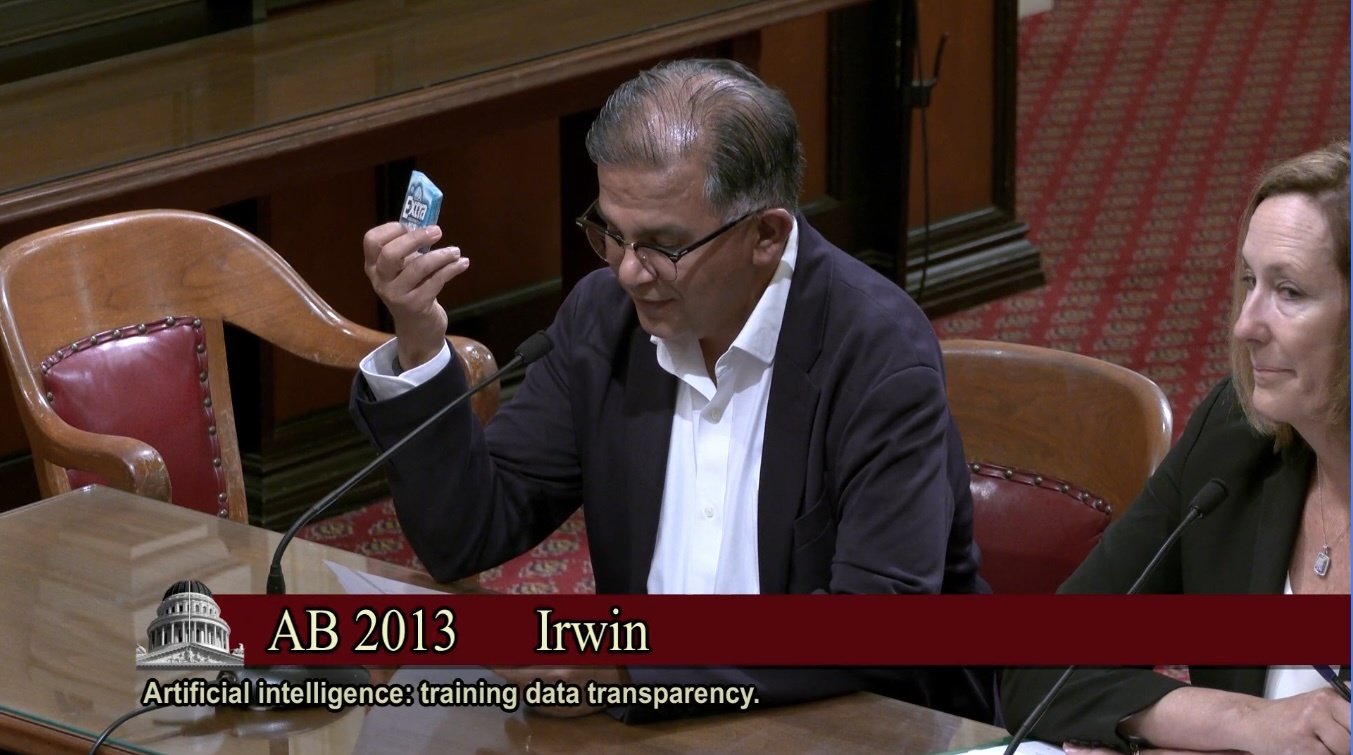Microsoft’s Sincere Commitment to User Privacy: A Deeper Dive
As I sat in front of my computer, sipping my morning coffee and scrolling through my favorite news website, I couldn’t help but wonder: what’s really going on behind the scenes? The websites we visit, the ads we see, the content that’s tailored to our interests - it all seems so seamless, so effortless. But have you ever stopped to think about the complex web of data collection and processing that makes it all possible?
I recently stumbled upon Microsoft’s privacy policy, and I have to say, I was impressed. It’s clear that the tech giant is making a genuine effort to prioritize user privacy and transparency. But let’s take a closer look at what’s really going on.
Cookies: The Good, the Bad, and the Necessary
We’ve all heard of cookies, those tiny bits of code that track our online activities and help websites remember our preferences. But did you know that Microsoft uses cookies to store and access information such as unique IDs? It’s all part of their effort to deliver personalized ads and content, and to measure the effectiveness of their services.
But don’t worry, you’re in control. You can select ‘I Accept’ to consent to these uses, or click on ‘Manage preferences’ to review your options and exercise your right to object to Legitimate Interest. You can even change your selection under ‘Manage Preferences’ at the bottom of the page.
The Types of Cookies: A Breakdown
So, what kinds of cookies does Microsoft use? Let’s take a look:
- Strictly Necessary Cookies: These cookies are necessary for the website to function and cannot be switched off in our systems. They’re usually only set in response to actions made by you, such as setting your privacy preferences or logging in.
- Social Media Cookies: These cookies are set by social media services that Microsoft has added to the site, enabling you to share content with your friends and networks. They can track your browser across other sites and build up a profile of your interests.
- Performance Cookies: These cookies allow Microsoft to count visits and traffic sources, so they can measure and improve the performance of their site.
- Targeting Cookies: These cookies may be set by Microsoft’s advertising partners, and are used to build a profile of your interests and show you relevant ads on other sites.
Cookies: the unsung heroes of the internet
The Future of User Privacy: A Call to Action
As we move forward in this digital age, it’s clear that user privacy is becoming an increasingly important issue. Microsoft’s commitment to transparency and user control is a step in the right direction, but there’s still more work to be done.
As users, we have the power to demand more from the companies we trust with our data. We must hold them accountable for their actions, and advocate for policies that prioritize our privacy and security.
The future of user privacy: a call to action
Conclusion
Microsoft’s privacy policy is a complex and multifaceted beast, but it’s clear that the company is making a genuine effort to prioritize user privacy and transparency. As users, it’s up to us to stay informed, to demand more from the companies we trust with our data, and to advocate for policies that prioritize our privacy and security.
By working together, we can create a digital landscape that’s safer, more secure, and more transparent for all.
Transparency: the key to a safer digital landscape


 Photo by
Photo by 











